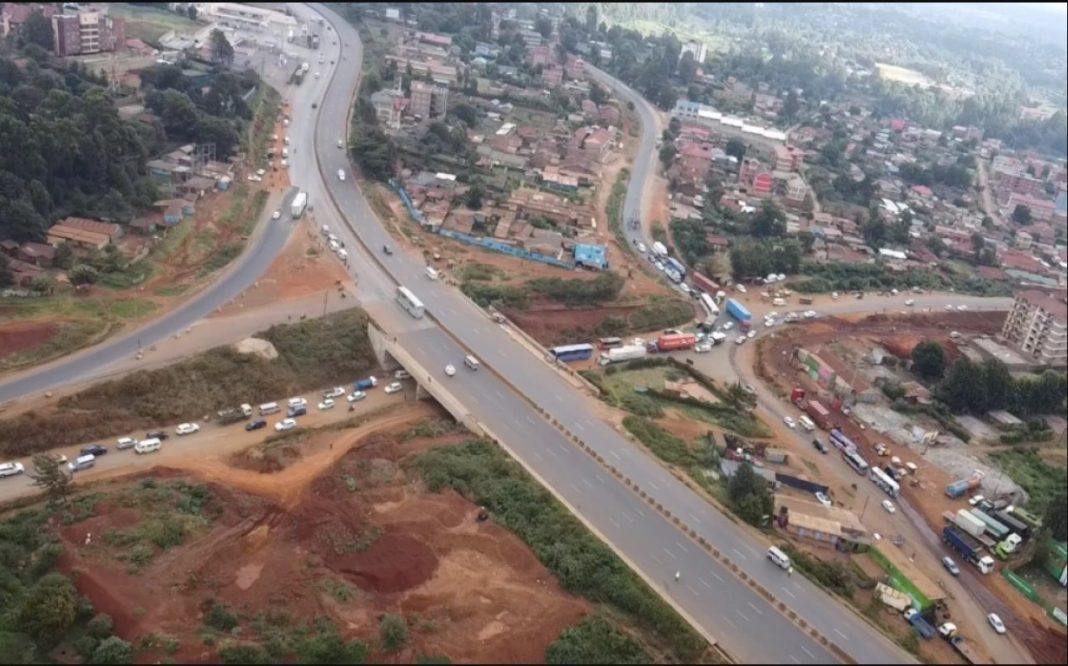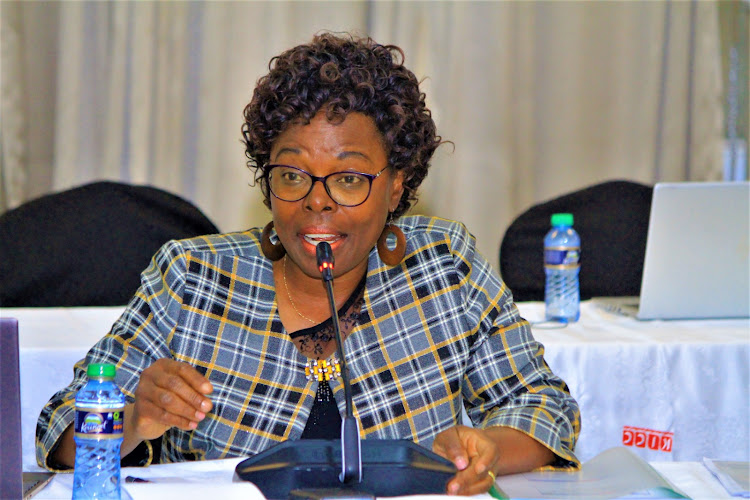The government has unveiled a national road safety strategy aimed at halving road traffic deaths and serious injuries by 2030, with Kiambu’s Gitaru–Rungiri section listed among priority blackspots for safety upgrades.
The strategy, anchored in the National Road Safety Action Plan (NRSAP) 2024–2028, includes blackspot redesigns, stricter vehicle inspections, safer pedestrian infrastructure, and stronger enforcement by county-level transport committees.
Speaking during the ongoing National Road Safety Summit in Mombasa, Roads Cabinet Secretary Davis Chirchir said the country must confront the high number of crashes despite significant investments.
“We must interrogate what it is we have to do better to reduce road carnage. We have huge budgets and staff, but we must ask ourselves tough questions on why we haven’t reduced accident deaths,” Chirchir said.
Completed works include the redesign of the Kibarani/Makupa causeway, pedestrian bridges on the Northern Corridor, and traffic separation on the Salgaa–Sachangwan stretch. In Kiambu, upgrades are underway at Gitaru–Rungiri, while progress continues at Ngata Bridge, Bonje, and the Coptic roundabout.
Future projects such as the Rironi–Nakuru–Mau Summit highway and Kwa Jomvu–Mariakani road will undergo detailed safety compliance checks.
The Kenya National Highways Authority (KeNHA) is also drafting blackspot management guidelines, while the NTSA has mapped high-risk areas, including sections within Kiambu, where vulnerable road users are most affected. Already, 81 percent of county transport safety committees have been trained to spearhead enforcement.
Enhanced Pre-Export Verification of Conformity checks on imported vehicles will tighten safety compliance, covering standards on speed limiters and electric vehicles.
Authorities are optimistic that with data-driven interventions, stricter enforcement, and citizen support, Kenya can achieve the 2030 global target of reducing traffic deaths by half.






